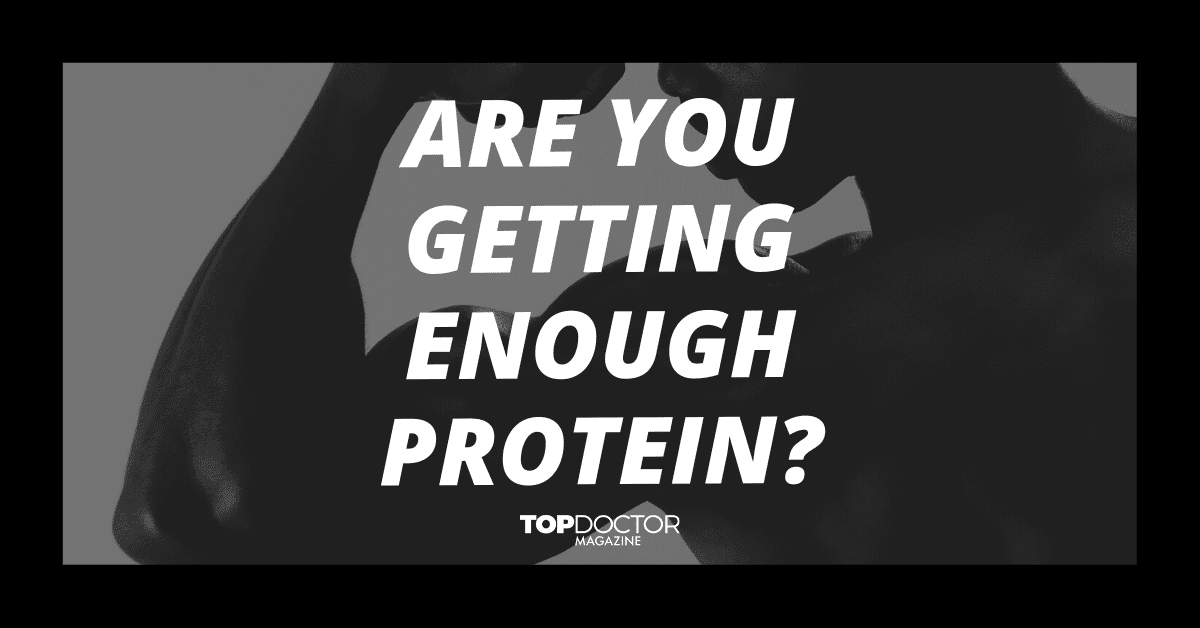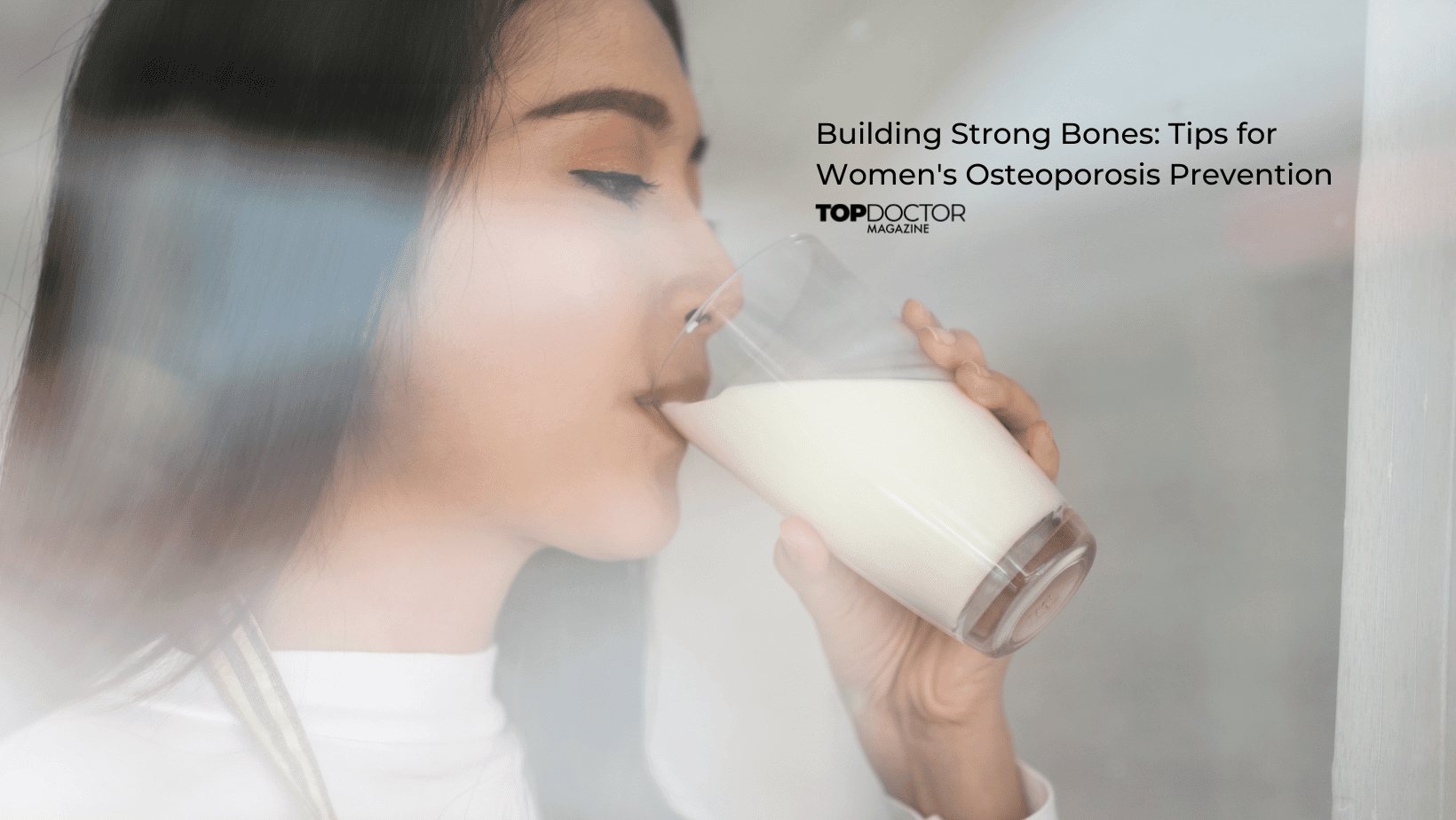Protein is a vital nutrient that your body desperately needs to function day-to-day. The word “protein” comes from the Greek word protos which translates to “first,” showing in the word itself its vitality to the human body. Prioritizing protein intake can improve so many things in your body, so understanding how much you should consume daily can only be beneficial to your future.
How Much Protein Should I Aim for?
Your intake of protein varies slightly depending on the lifestyle you live, but a good rule of thumb is to aim for a minimum of 10% of your calorie intake coming from protein. Some people will need up to 35% depending on how vigorous their working out is on a daily basis. On average this calculates to about 50 to 175 grams of protein a day based on a 2,000 calorie daily intake.
For those who exercise regularly, the protein intake needs to change. Anywhere between 1 and 1.2 grams of protein per pound of body weight is typically recommended. Higher burn of calories and more regular exercise adjusts one’s needs for protein intake.
Protein Calculator
Luckily, technology has created what we need to calculate how much protein we each should eat daily. Different lifestyles call for different amounts of protein intake. People with a sedentary lifestyle will have a different amount of protein needed than those who are lifting weights five or six days a week.
This protein calculator can tell you exactly how much protein you should consume. If you prefer to find the amount on your own, Harvard Health suggests that you can simply take your weight and multiply the pounds by .36 to find how many grams of protein you should aim for daily to reach your healthiest protein intake.
Is There Such a Thing as Too Much Protein?
With the increase in product choices such as protein bars, shakes and supplements, it may seem like excess protein cannot be harmful. However, some articles suggest that an extreme intake of protein could be harmful to the body.
Eating higher amounts of protein does not equate bigger muscles or muscle growth. This often can get confusing for those trying to maximize muscle growth. But the body has limits. Once the protein needs are met, the body stores any remaining protein as fats in the body. Excess protein intake has the potential to lead to elevated blood lipids and heart disease. This is due to the fact that a lot of high-protein foods consumed are high in saturated fat. Plus, too much protein intake can harm the kidneys. If you are already at risk for kidney disease, excess protein can prompt this even more.
Best Sources of Protein
Healthy protein options are everywhere. Things such as nuts, beans, lentils, lean meats like chicken and turkey, seafood, fish, eggs and dairy all hold healthy amounts of protein. These sources are a more natural way to incorporate protein into your diet versus protein shakes and bars as well. Supplements have their place in diets, but natural whole foods are always a better priority to have when getting sufficient protein intake.
According to an article by Mayo Clinic, these are a few things to keep in mind when looking at a protein supplement:
- Aim for 200 calories or less.
- 2 grams or less of saturated fats.
- Avoid trans fats and partially hydrogenated oils in supplements.
- 5 grams of sugar or less!
Foods to Implement on Your Protein Intake Journey
If you are searching to add more foods with high protein and low calories, look no further than this list! These foods are just a few ideas of what foods you could incorporate into your diet to add that extra protein in during your week. There are plenty of good, protein-rich foods to try, but here are a few ideas to begin.
For breakfast:
- Bananas
- Greek Yogurt
- Hard Boiled Eggs
- Glass of milk
For lunch:
- Beans
- Lentils
- Cottage Cheese
- Nuts
For dinner:
- Shrimp
- Legumes
- Chicken
- Lean, grass fed beef
Protein sources do not have to be hard to come by and can be easier to incorporate into your diet! Talk to a nutritionist or doctor if you are struggling to increase your protein intake.






0 Comments